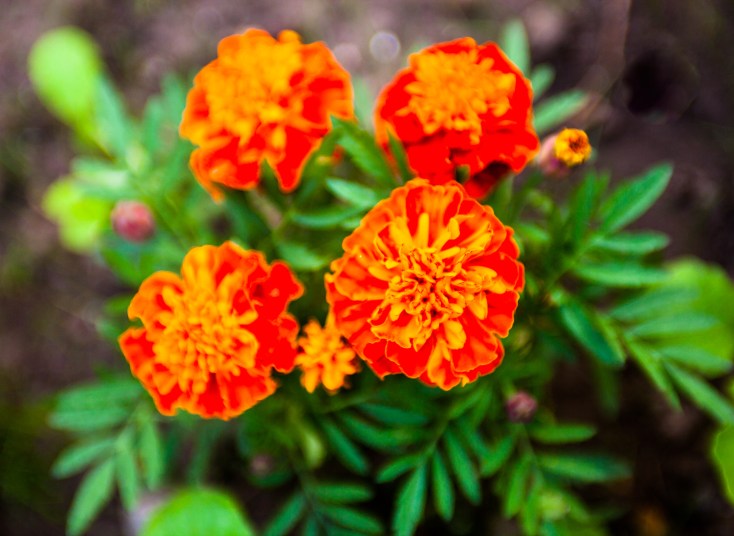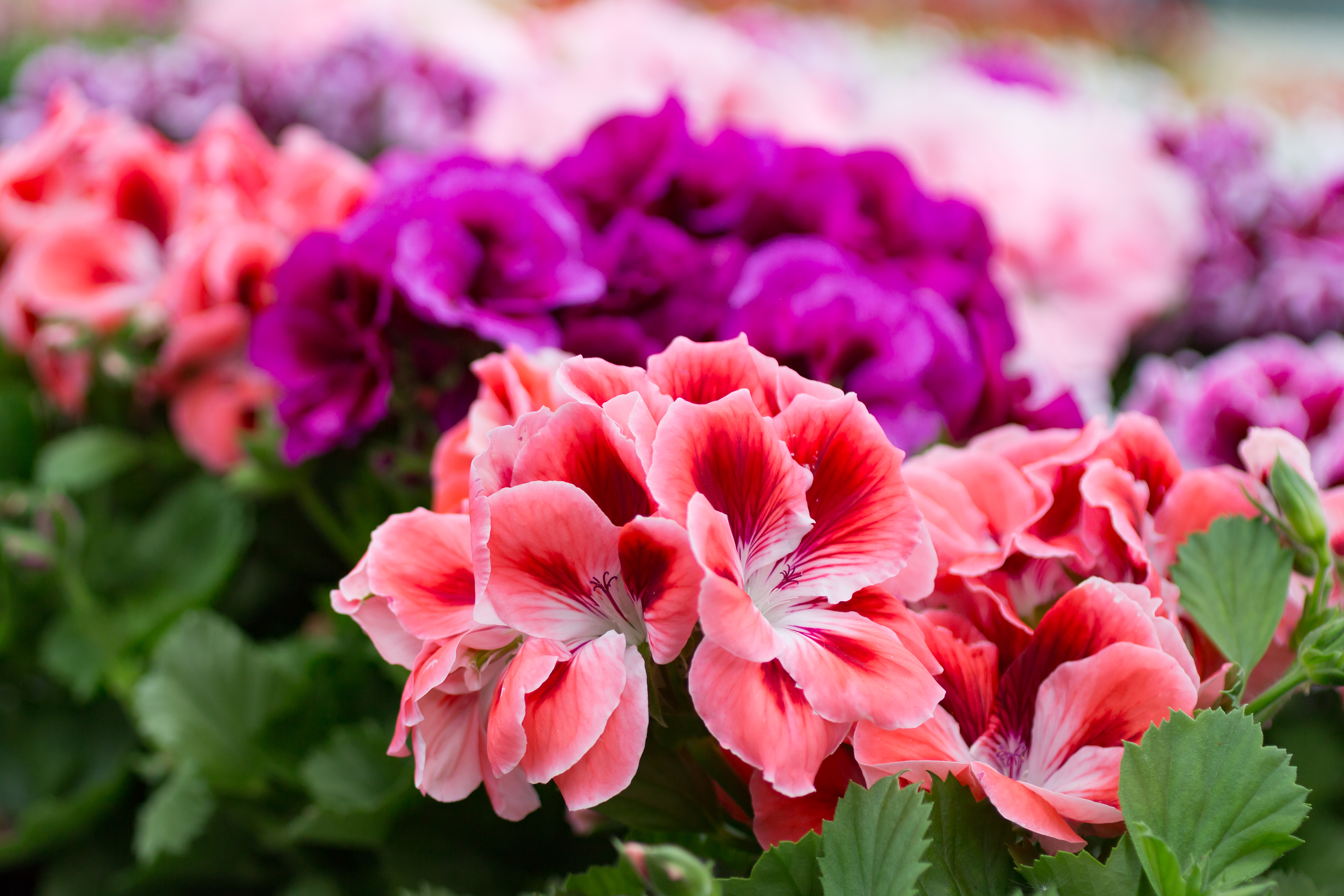3 Bug-Repelling Plants That Will Brighten Your Garden

These blooms do double duty: They perfume your garden and keep bugs at bay!
Fend off mosquitoes with potted marigold.
In addition to prettying up a backyard with a pop of color, musky-scented marigolds can keep a seating area mosquito-free, thanks to the plant’s limonene, a chemical that’s also found in some insect repellents, says Daniel Scott, associate director at the American Horticultural Society.
Limonene also repels whiteflies, moth-like insects that damage warm-weather vegetables like tomatoes, so setting pots of marigold near these plants will deter the pests. Allow soil to dry between waterings and place in a sunny spot with some afternoon shade.

(Photo Credit: Getty Images)
Nix gnats and flies with geranium.
“I love the variety and intensity of the colors of geraniums,” says Scott. Plus, scented geraniums have the added benefit of repelling an array of pests, including gnats and flies.
Scott recommends planting peppermint- or lemon-scented geranium varieties in your garden or near a seating area — the strong fragrance will aggravate the winged bugs, so they’ll steer clear of the area. For the healthiest blooms, plant geraniums in spots that get partial shade and allow them to dry out between waterings.

(Photo Credit: Getty Images)
Chase away aphids with nasturtium.
“Nasturtiums are one of my favorite annual flowers — the leaves and flowers are edible, with a spicy horseradish flavor,” says Scott. The honey-scented flower is also a tasty treat for aphids, making it a great choice for companion planting.
Plant them next to important vegetable plants, and aphids will glom on to the nasturtiums, sparing surrounding plants. To make sure the pests don’t destroy your nasturtiums, hose the plants with a full spray of water, hitting the tops and bottoms of the leaves, once or twice a week to wash off aphids. (If you see a cluster of beige bugs after washing, snip off the affected flowers — they’ll grow back quickly with each trimming.) Nasturtiums prefer full sun, but in very hot areas, they should be planted in partial shade.
This story originally appeared in our print magazine.
More From FIRST
10 Easy Ways to Stay Cool This Summer Without an Air Conditioner
This Garden Accessory Will Keep Your Pup Hydrated Through the Dog Days of Summer
Robot Lawn Mowers Exist and They’re About to Make Your Life so Much Easie










